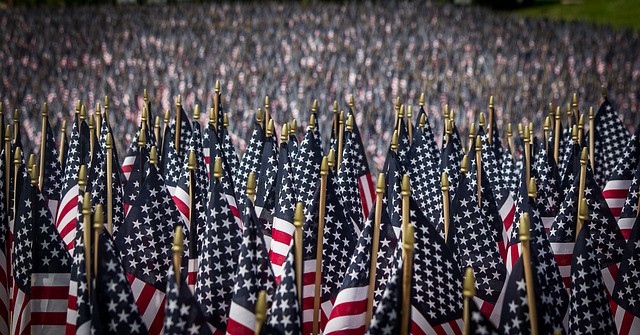The History of Memorial Day and Why It’s Celebrated

Memorial Day is a national celebration that represents way more than an extra day off work and an extended weekend vacation. Memorial Day is celebrated yearly on the last Monday of May. The significance of Memorial Day lies in the remembrance for all the men and women who lived and died to serve and protect the American flag through the armed forces. The Memorial Day holiday dates back to the end of the Civil War in 1865 when Decoration Day was celebrated to honor the Union and Confederate dead by decorating their graves with flowers.
- The History of Memorial Day
It’s still unknown where exactly the Memorial Day celebration came from. Many towns across the US such as Charleston, South Carolina and Waterloo, New York claim to be the first to celebrate it.
One of the first Memorial Day celebrations ever was organized by newly-freed slaves in Charleston, South Carolina on May 1st, 1865. During the Civil War, 257 Union soldiers died in a prison in Charleston due to the terrible and horrendous conditions. The soldiers were buried in unmarked graved and after the end of the war, about a thousand freed slaves organized a ceremony to honor the soldiers through singing hymns and decorating their graves with flowers.
The first call for an official day of remembrance was made by Union General John A. Logan in 1868. However, Memorial Day celebrations were different between northern and southern states. After the second world war, the holiday started getting a national identity.
The celebration was officially named Memorial Day in 1967 and when the United States Congress passed the “Uniform Holiday Act” in 1968, the last Monday of May became the official holiday to celebrate Memorial Day.
- Why Is Memorial Day Celebrated in the United States?
Generation after generation, Memorial Day has been celebrated in different contexts but always based on the same morals and ideas. When it originated, it celebrated the dead fighters of the civil war. However, today, it does not only celebrate the brave men and women who fought in the civil war, but it also honors the men and women in uniform serving the American flag in Iraq and Afghanistan and all around the world.
In 2000, President Bill Clinton signed the “National Moment of Remembrance Act” which requests from American citizens and organizations to pause and observe a National Moment of Remembrance on Memorial Day (3 p.m. local time).
Every Memorial Day, all American states organize parades to celebrate the occasion. The largest parade usually takes place in Washington D.C with an audience exceeding 200.000. The audience attends the parades to watch military units, veterans, and floats march down Constitution Avenue.
There are so many different traditions associated with Memorial Day and its weekend and all of them are related to honoring American soldiers. From visiting a veterans’ home to visiting a battlefield or attending a memorial service, Americans always take the opportunity to honor their heroes and defenders.
